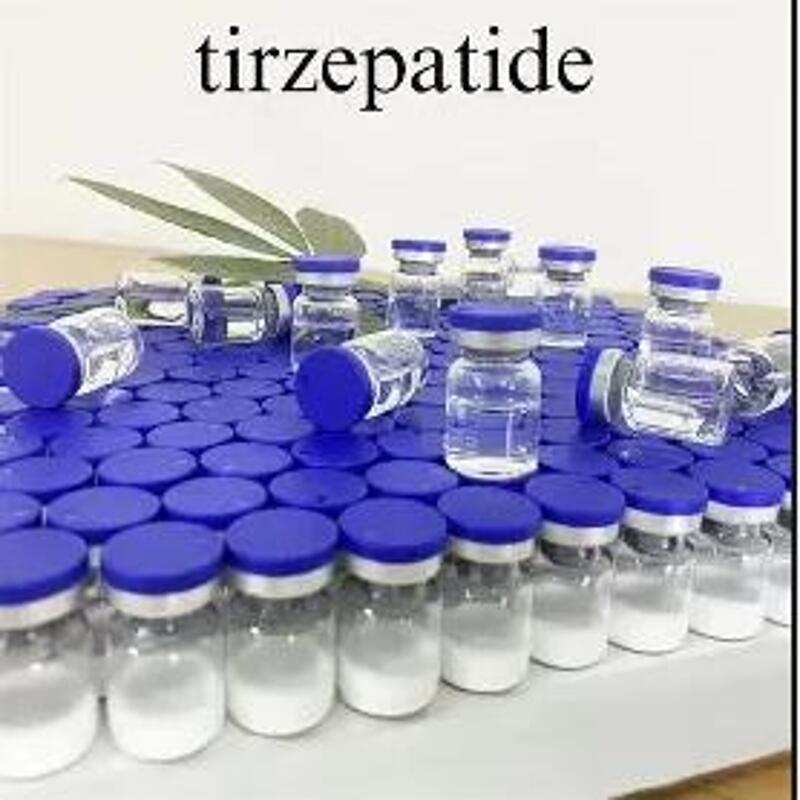-
Categories
-
Pharmaceutical Intermediates
-
Active Pharmaceutical Ingredients
-
Food Additives
- Industrial Coatings
- Agrochemicals
- Dyes and Pigments
- Surfactant
- Flavors and Fragrances
- Chemical Reagents
- Catalyst and Auxiliary
- Natural Products
- Inorganic Chemistry
-
Organic Chemistry
-
Biochemical Engineering
- Analytical Chemistry
-
Cosmetic Ingredient
- Water Treatment Chemical
-
Pharmaceutical Intermediates
Promotion
ECHEMI Mall
Wholesale
Weekly Price
Exhibition
News
-
Trade Service
The safety of N-[(1,1-Dimethylethoxy)carbonyl]-N-methylglycine [2-(methylamino)-3-pyridinyl]methyl ester, also known as 2-MPE, is a crucial concern in the chemical industry, as it is a potentially hazardous substance that can pose a risk to workers and the environment if not handled properly.
As such, it is important to understand the properties and hazards of 2-MPE in order to ensure the safety of those who work with it.
2-MPE is a synthetic chemical compound that is commonly used in the production of pharmaceuticals, pesticides, and other industrial chemicals.
It is a colorless liquid with a mild, unpleasant odor, and it is highly soluble in water and many organic solvents.
2-MPE is classified as a Category 3 carcinogen by the International Agency for Research on Cancer (IARC), which means that it is possibly carcinogenic to humans.
The primary hazards associated with 2-MPE include its potential to cause cancer, as well as its ability to irritate the skin, eyes, and respiratory system.
Prolonged exposure to 2-MPE can also cause damage to the nervous system, leading to symptoms such as headaches, dizziness, and memory loss.
In addition, 2-MPE is highly flammable and can ignite easily when exposed to heat or sparks.
To minimize the risks associated with 2-MPE, it is essential to follow proper safety procedures and guidelines when handling this chemical.
This includes wearing appropriate personal protective equipment, such as gloves, safety glasses, and respirators, to prevent contact with the skin, eyes, and respiratory system.
It is also important to use proper ventilation systems to minimize the risk of inhalation, and to store 2-MPE in a secure location away from heat and ignition sources.
In addition to personal safety measures, it is important to implement proper disposal procedures for 2-MPE to prevent it from entering the environment and causing harm to wildlife and ecosystems.
This can include using appropriate containers for storage and transportation, and disposing of any excess or unwanted material in accordance with local regulations and guidelines.
Overall, the safety of N-[(1,1-Dimethylethoxy)carbonyl]-N-methylglycine [2-(methylamino)-3-pyridinyl]methyl ester is a critical issue in the chemical industry, and it is important to take the necessary precautions to minimize the risks associated with this potentially hazardous substance.
By following proper safety procedures and guidelines, workers and the environment can be protected from the harmful effects of 2-MPE.







